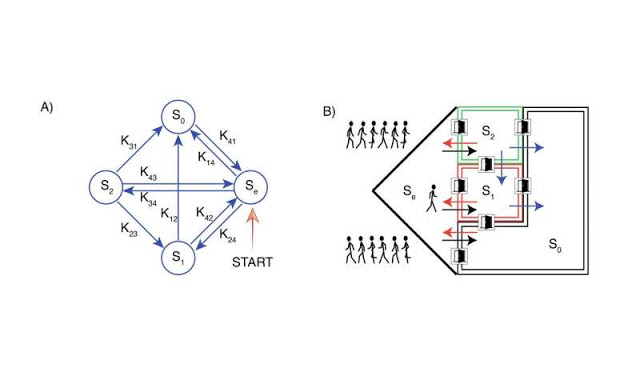Quantum computing is now an engineering scaling problem and treating cancer will become like preventing cavities
Vijay Pande, a general partner at Andreessen Horowitz, sees a big shift in Quantum computing. For the last two decades, we had been trying to work out the fundamental science of quantum computing but a lot of the scientific advances are now done. It is now the time for engineering advances. The auestions about how …










